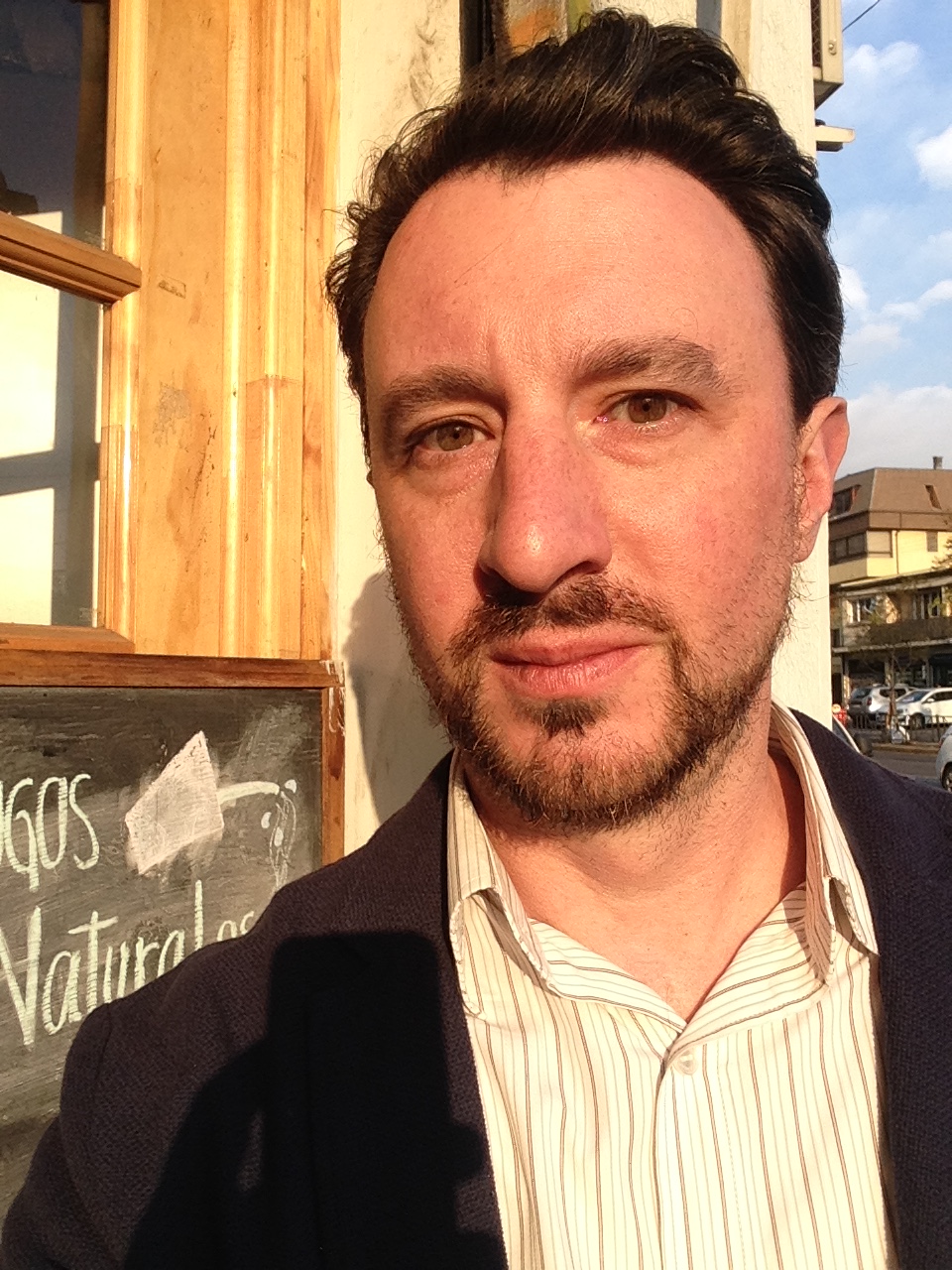A decrease in antibiotic usage, fewer accidents, and recertification for their Verlasso brand are some of the highlights from salmon farmer AquaChile’s recently published 2016 sustainability report, the tenth installment of the firm’s publication.
The report follows recommendations specified by the Global Reporting Initiative (GRI). The report considers the full year of 2016, complimenting other information offered through its annual report and shareholder information.
AquaChile reported advances regarding its labor force, particularly through a 20 percent year-over-year reduction in accidents. The company credited an effective internal communication program, which also brought benefits for efficiency in the operation. The company reported just over 4,200 employees as of December 2016.
The firm reported a drop in its use of antibiotics in salmon and trout, down to 426 grams per ton in 2016, compared to 622 grams per ton in 2015, a drop of 32 percent. The company said that lower dosages in fewer instances over a shorter time period have contributed to this improvement.
The firm confirmed it has 163 aquaculture concessions in the south of Chile, 39 percent of which are in the Lakes Region, 60 percent in the Aysén Region and the remaining one percent in the Rivers Region. The firm also has tilapia production assets in Costa Rica.
Over the course of 2016, AquaChile harvested 99,040 tons of whole fish equivalent (WFE), worth a total of USD 619 million (EUR 522.2 million) in consolidated sales. Of this total, 49 percent were Atlantic salmon, 23 percent coho salmon, 10 percent trout and 18 percent tilapia.
The firm reported owning 63 operating cultivation centers and six processing plants, with a total capacity of 202,000 tons WFE. Its main receivers are Japan (39 percent), United States (19 percent) and Russia (11 percent). In total, the company said it has more than 320 clients in 35 countries.
The firm also said that it has increased the proportional spend on local suppliers. Aysen, where only one percent was spent on local suppliers in 2015, has now increased to 13 percent of spending, while in the Lakes Region, the ratio grew from 80 percent to 82 percent.
During the course of 2016, AquaChile said that its Verlasso brand has been recertified by the Seafood Watch program of the Monterey Bay Aquarium as a “good alternative,” thus reinforcing its sustainability efforts. The firm also registered with the BAP-C certification program in November 2016 after receiving a BAP four-star certification in the beginning of the year. This new program will allow it to request a BAP certification for all of its sites in a defined geographical region in one audit process.
The company also highlighted the creation of a technological subsidiary, AquaInnovo, and an agreement with Danish Biomar in October 2016 to create the Aquaculture Technology Center Patagonia. This center, located in the Lenca Research center in Puerto Montt, will connect to a global network of research and development centers and focus on developing new solutions related to fish nutrition and health.
The firm also highlighted the response its workers gave to the 2016 algal bloom.
“We were able to avoid damage. During the emergency’s most complex weeks, we managed to act in a coordinated manner and transport live fish to lower risk farms” as well as carrying out emergency harvests and safely disposing of dead fish, the report said.






